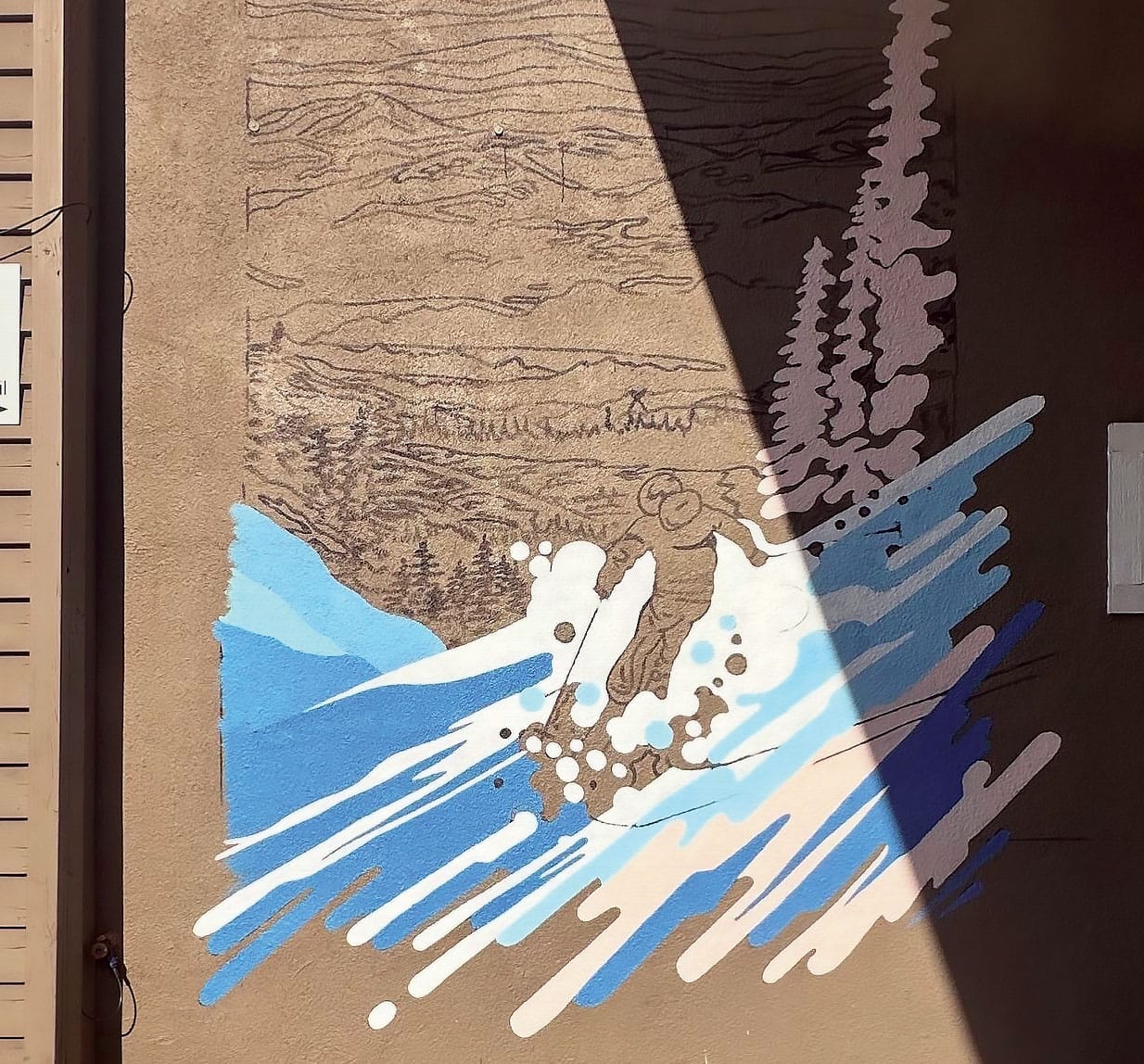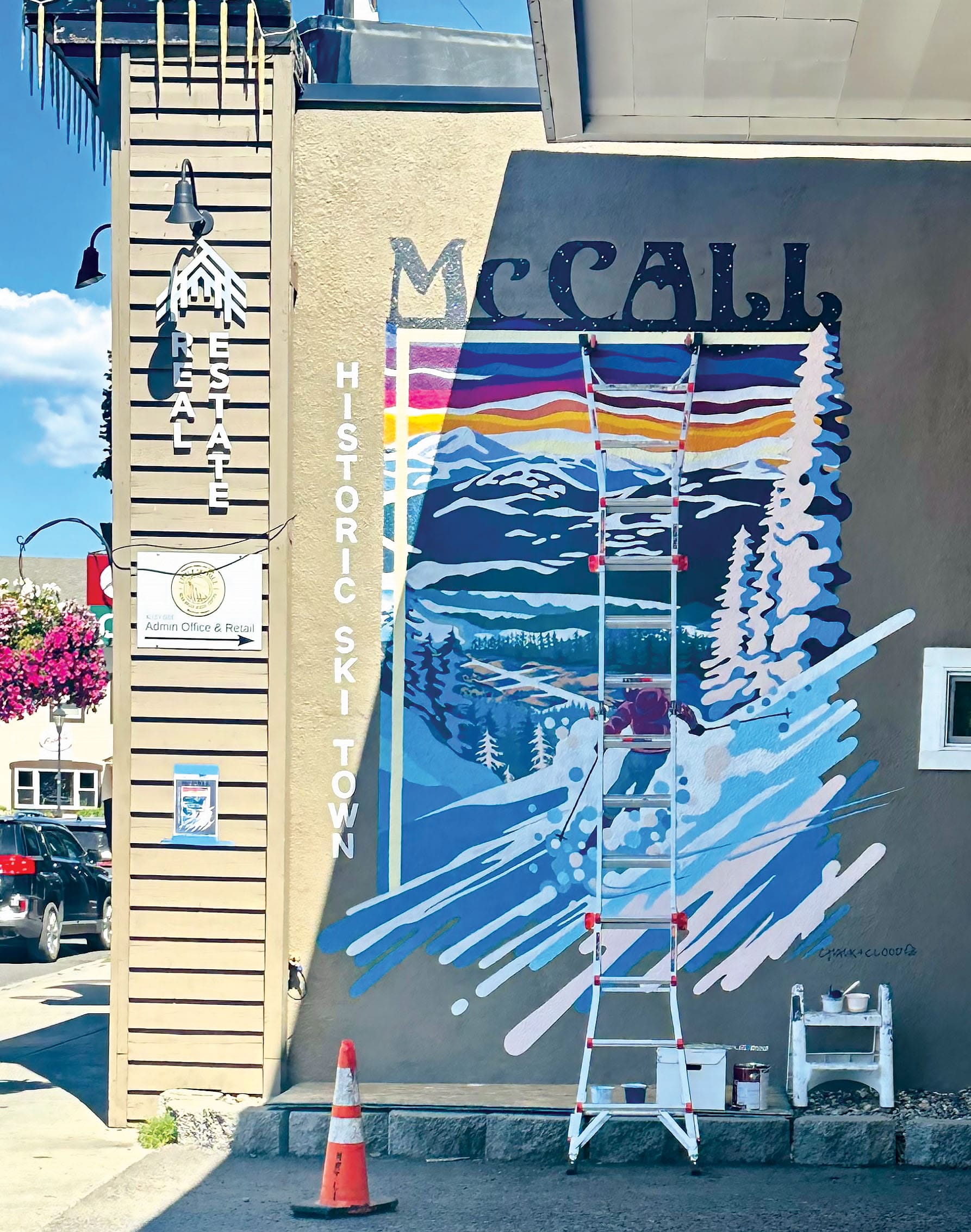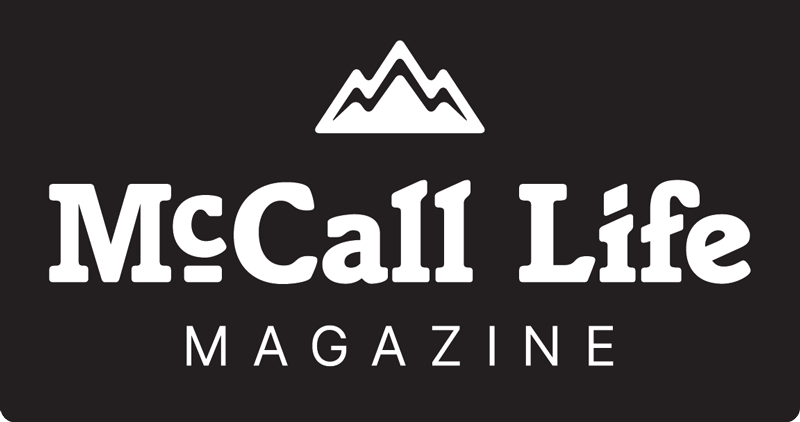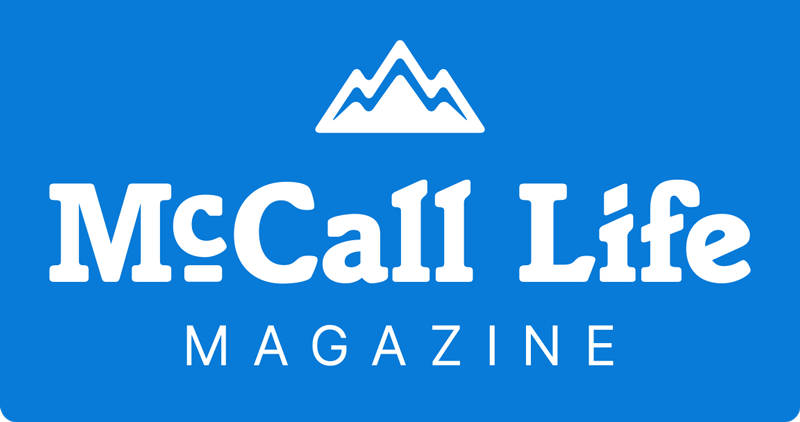How a mural brought McCall’s ski story to life
If you’ve ever rolled into downtown McCall and felt that giddy rush that happens when the first snow dusts the pines and Payette Lake turns to glass, then you already understand what “Drop In” is all about. The new mural on Lake Street doesn’t only add a pop of color—it tells the whole town’s winter love story, tracing a line from the earliest wooden skis clattering across snow to the joyful turns that still carve down Brundage and the Little Ski Hill today.
A Little Ski History (With a Lot of Heart)
Long before McCall became a destination for powder hounds and après-ski lattes, it was a sleepy logging town trying to stay busy in the long winters. Back in the early 1900s—before there was even a road into town—folks here had to make their own fun once the snow set in. Sometime between chopping wood and tending fires, they discovered something magical: sliding downhill on boards was a lot more entertaining.
By 1913, the train had made its way to McCall, bringing freight, mail, and the occasional wide-eyed visitor. The Johnson family’s “transfer house” sat right where Toll Station Pizza stands today. That’s where one of McCall’s first ski runs took shape—on a hill right behind the barn. Local kids would climb up, launch themselves off the chicken coop roof, and land laughing in the snow below. It wasn’t exactly Sun Valley, but it was the start of something special.
Around 1923, a few enterprising locals decided McCall needed a winter carnival. They built a ski jump out near the golf course on Blackwell Hill and advertised it so well that 200 people came by train for the event. They even had the world’s smallest jumper to go with the world’s greatest—because balance is important, after all. The whole thing turned into a community celebration, equal parts daring and delight.
By the 1930s, skiing had moved from barnyards to bona fide hills. When Averell Harriman built Sun Valley, Idaho’s first ski resort, he recruited instructors from across the state—including four athletes from McCall. One of them, Lloyd Johnson, worked for the Forest Service and helped set up the Little Ski Hill in 1937. That small slope became a big part of McCall’s identity: a place where kids could find freedom, confidence, and a lifelong appreciation for the outdoors.
As Craig Johnson of the McCall Ski Heritage Foundation puts it, “Where else can you go as a child and be free? You’re outside, in nature, learning confidence and camaraderie. That’s the spirit we want to keep alive.”
Preserving The Past—One Wall At A Time
Fast forward about a century. McCall’s ski culture is still thriving, but the folks at the McCall Ski Heritage Foundation—founded by former Brundage owner Judd DeBoer and led by a group of passionate locals—wanted to make sure the town’s snowy story didn’t fade into history. Their mission is to “preserve, protect, and perpetuate” McCall’s alpine and Nordic skiing heritage. Lofty words for a group that started with one simple idea: let’s paint it on a wall.
The idea of a mural had been floating around for a few years. As Johnson recalls, “We wanted something that would get people’s attention, something visible and fun that would make folks aware of McCall’s ski history.” They formed a “museum awareness committee” to brainstorm ways to make their mission more public—and a mural fit the bill perfectly. “It’s in your face,” he says with a laugh. “People see it.”
To get started, they applied for a local option tax grant from the City of McCall. The foundation pledged half the funding, hoping the city could match it. When funds ran short, they didn’t give up—they just scaled the design a bit smaller. “The bigger the mural, the more it costs,” Johnson says. “We figured we could make something impactful that fit the space and still told our story.”
Luckily, Johnson had the perfect wall in mind.


Photos: “Drop In” by Chalk & Cloud Murals, © 2025
Enter The Artist: A McCall Homecoming
That’s where artist Odessa Kaufman, founder of Chalk & Cloud Murals, entered the story. A former McCall resident who arrived in 2009 in a camper van and fell in love with the town, Kaufman’s career has taken her from painting vintage Chris-Crafts at McCall Boat Works to designing Off-Broadway sets in New York and murals for brands like Hoka and Meta. Yet through all that creative wandering, McCall remained her compass point.
“When I got the call about the project,” Kaufman says, “I jumped at the opportunity to come home and paint for this community. McCall shaped how I see and create—it felt like closing a circle.”
Working with the McCall Ski Heritage Foundation, the Rotary Club, the Shelton Foundation, and guidance from the McCall Arts Foundation, Kaufman spent nearly 10 months refining designs before ever picking up a brush. She created three concepts inspired by the movement of skiing and the surrounding landscape—sketches filled with motion, energy, and snowlight. Those ideas were published in the McCall Star-News and shared online, where more than 500 residents voted on their favorite. The clear winner? A piece called “Drop In.”
A Mural That Moves
“Drop In” is as dynamic as its name suggests. Picture a skier poised on a ridge near Brundage, just about to descend into the valley below. The town of McCall glows in the distance like a warm hearth waiting after a long day in the snow. The mural’s colors and curves echo vintage ski posters—nostalgic yet fresh, historic yet alive.
“The imagery suggests both dropping into a ski run and dropping into McCall itself,” Kaufman explains. “It’s an invitation—to adventure, to visit, to belong.”
She painted the mural in just 10 days, though the planning took nearly a year. The wall—visible for blocks along Lake Street—wasn’t without its challenges. Cars whizzed by, pedestrians stopped to chat, and the parking lot next door was rarely still. “It was basically 10 days of painting, people, and propane fumes,” she jokes. “But the community energy made it unforgettable.”
Locals and tourists stopped constantly—some curious, some nostalgic. Many shared their own ski memories: of the Little Ski Hill rope tow, of powder days at Brundage, of winters that smelled like woodsmoke and cocoa. Kaufman says, “After hundreds of murals, I’ve never experienced such positive community support. People were taking selfies with it before I’d even finished!”
Stars, Stories, And Ski Tracks
There’s one detail, though, that most passersby don’t know—at least not yet. Hidden within the letters of “McCall” are tiny constellations. Each one honors someone from the community who has passed: dogs, fathers, sisters, friends. “Each star forms part of a larger constellation,” Kaufman says softly, “shining in memoriam over the community they loved.”
It’s a quiet tribute nestled within a loud, joyful scene—a reminder that McCall’s history is made of its people as much as its powder.
The Bigger Picture
For the McCall Ski Heritage Foundation, the mural is just the beginning. They’ve added a small plaque with a QR code linking to the foundation’s website, where visitors can dive deeper into McCall’s ski story. Eventually, they hope to expand that into an augmented reality experience—something that lets you hold up your phone and watch the mural come to life with historical photos and video clips. Imagine standing on Lake Street and seeing the town’s ski past shimmer over the present: ski jumpers from 1923, rope tows creaking, kids zipping across the old Little Ski Hill.
And the location? It couldn’t be more fitting. The wall stands just across from Ice Cream Alley—fittingly sweet—and a stone’s throw from the same area where Johnson’s grandfather once ran his 1909 ice cream parlor. “It’s funny how it’s all come full circle,” he says. “Maybe ice cream and skiing just go together in McCall.”
Drop In, Stick Around
Today, “Drop In” has already become one of McCall’s most-photographed spots. Visitors pose in front of it; locals pass by with a grin. It’s bright, bold, and just a little nostalgic—much like McCall itself. Kaufman says, “The goal was to create something that feels dynamic and accessible, that the community could be proud of for years. From the response, I think we did just that.”
For the foundation, it’s also a reminder that McCall’s ski story is still being written—every winter, with every kid who clips into skis at Little Ski Hill or drops into a powder stash at Brundage. As four-time Olympian and foundation board member Lyle Nelson likes to say, “McCall’s ski culture has long imbibed local youth with confidence, social growth, and an appreciation for nature.”
You can see that spirit splashed right across the wall on Lake Street.
So next time you’re in town, grab a coffee, wander down by Ice Cream Alley, and take a look. You’ll find a skier mid-turn, a town aglow, and a sky full of stars—each one part of a story that started more than a century ago and still sparkles every winter.
Because in McCall, when it comes to skiing, art, and community, there’s really only one thing left to say: Drop in.



